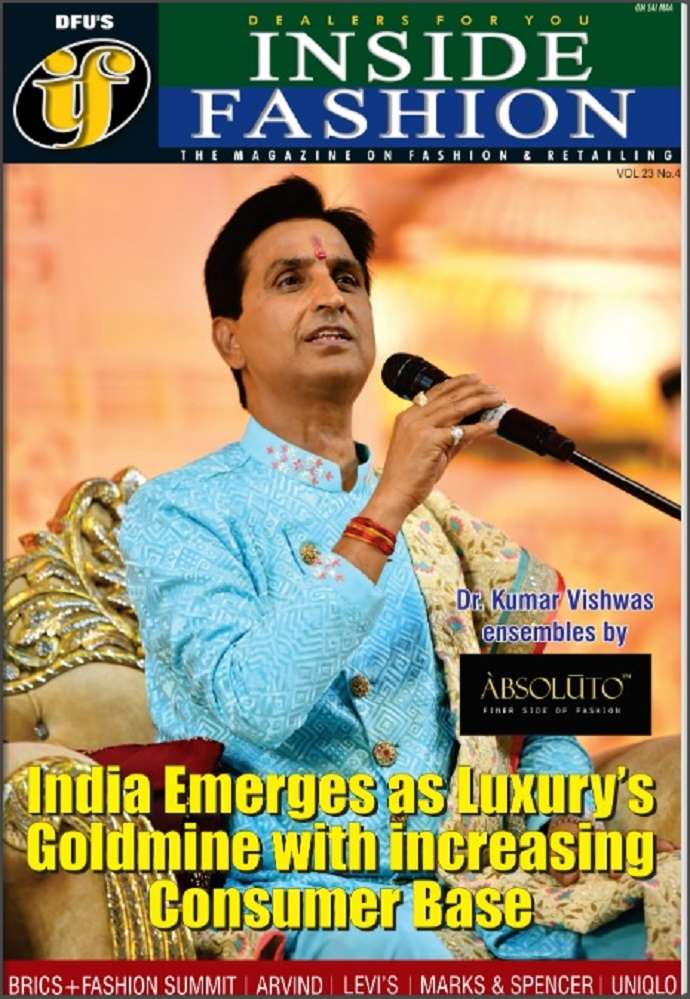29th October 2021, Mumbai:
The existing state of affairs that Apparels selling over the price of Rs 1,000 are charged 12% GST. But what is indicative after rejig is that it will start to charge 12% GST even on garments priced below Rs 1,000, which at present are been charged at 5% only.
Let us try to understand how tweak of rates can impact if this rework of GST were to become a reality," The GST councils is indicated to have proposed to hike rates from current rate of 5% to 12% for garments maintaining uniformity across price categories is likely to be disastrous on the already battered garment units balance sheet by extending (WC) working capital requirements of the textile garment industry struggling to repair respective balance sheets, more significantly in the MSME/ small businesses on the back of pandemic induced stress".
Several industry bodies representing hosiery, knitwear, fabric, textile traders & garment manufacturers have already raised a serious concern over the proposed GST council’s earlier announcement, albeit the official confirmation is not yet happened as per trade sources.
To place it on record, "The proposed GST hike is indicated effective January 2022.

TOP 5:
2. Consumers will determine growth of sustainable fashion e-comm in India
3. Myntra to offer 1 mn styles from about 7,000 brands at the 'Big Fashion Festival'
4. Maharashtra government honors VIP as 'Best Innerwear Brand' for 2021-22
5. Nike strengthens retail presences with new store at DLF Mall of India,Noida

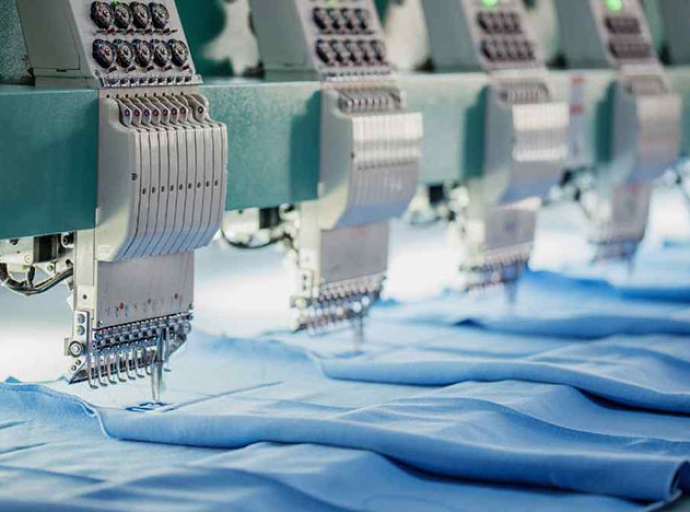










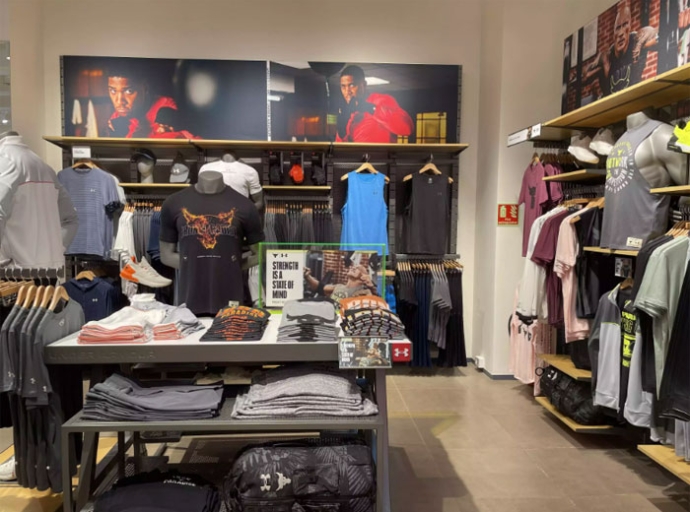



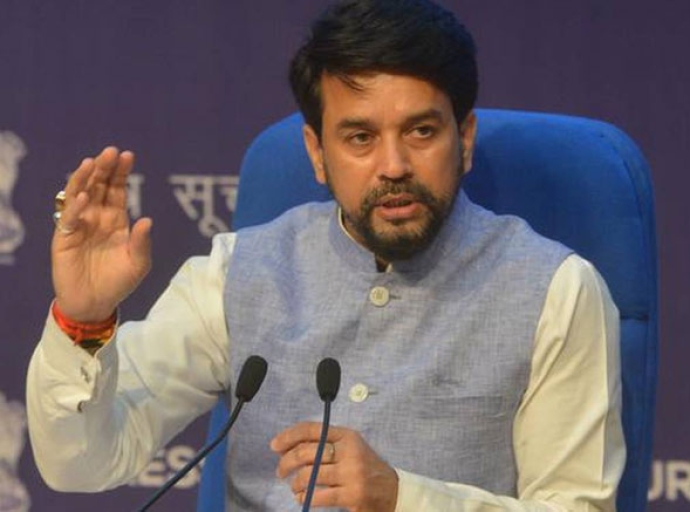
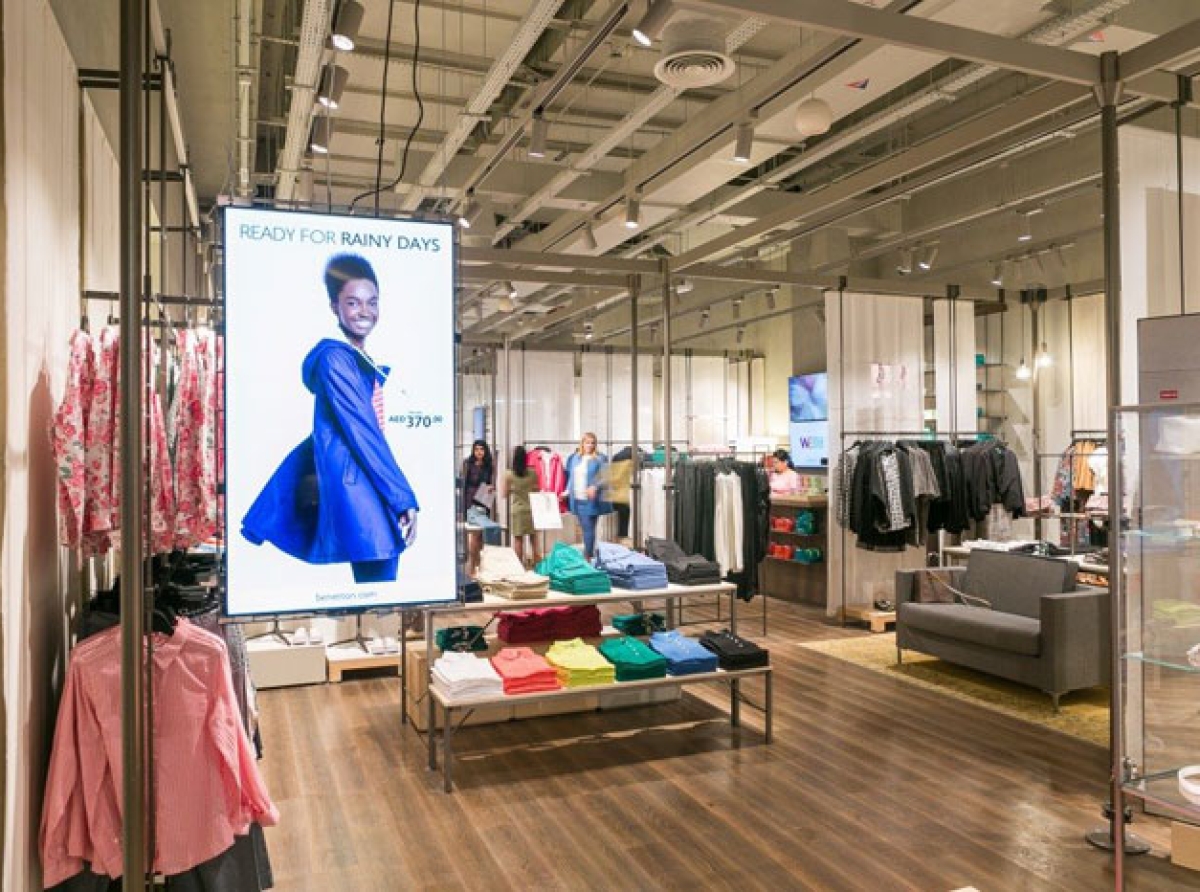



_thumbnail.jpeg)







